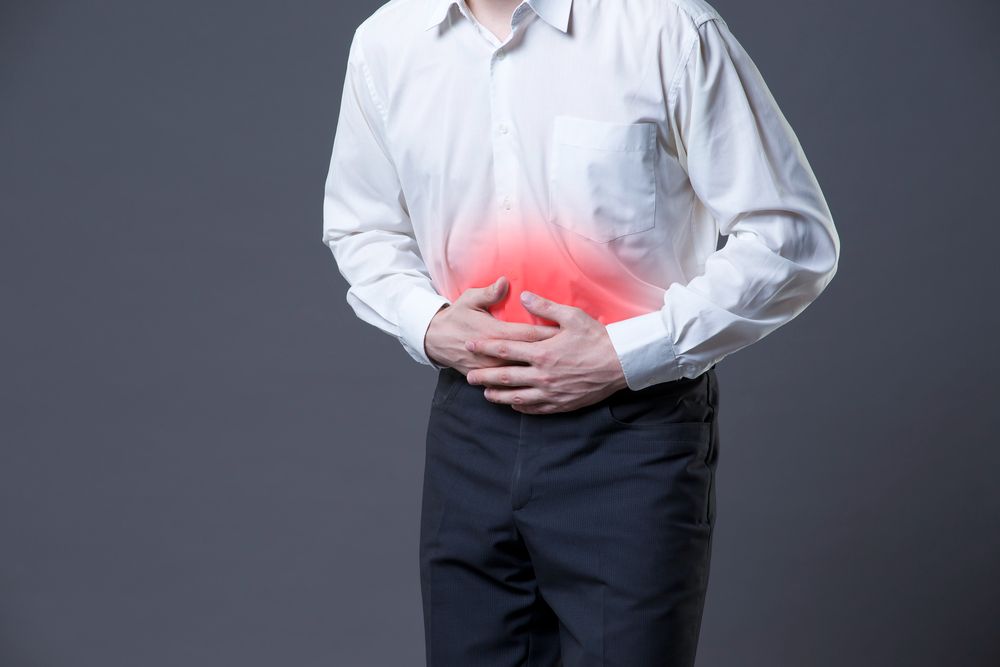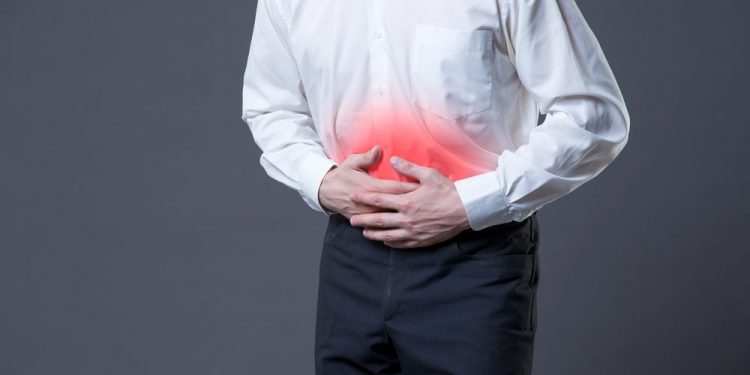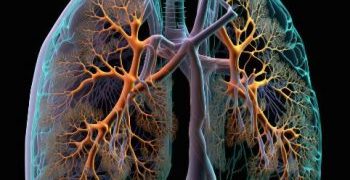Cholecystitis is an inflammation of the gallbladder, which is located underneath the liver on the right side of your upper abdomen. It is a small organ that stores bile, which helps break down fats in food. When you eat, bile flows into your small intestine where it mixes with food and breaks down fats.
A healthy diet and regular exercise can help prevent gallstones, a common cause of cholecystitis. Keeping your cholesterol level low and eating lots of fruits, vegetables and whole grains can also lower your risk of developing gallstones.
When you have cholecystitis, your gallbladder becomes swollen and may become infected with bacteria. This can lead to complications such as a perforated gallbladder or tissue death.
The most common symptom of cholecystitis is abdominal pain. The pain is usually severe and comes on suddenly. It often starts in the upper right corner of your abdomen and may radiate to the right shoulder or back. It is usually worse after you eat a meal. If you have this type of pain, seek medical care immediately as the infection can be very serious.
Your doctor will ask you about your symptoms, and they will also check your blood work to see how well your liver is working. They may order tests such as an ultrasound of your abdomen or a CT scan to look for signs of liver inflammation or infection.
You may also have a fever and chills with acute cholecystitis. These symptoms are often only present in younger people, but they can also occur in older adults who have chronic cholecystitis.

When you have acute cholecystitis, you need to be hospitalized and given fluids and electrolytes intravenously (into your veins). A doctor may pass a tube through your nose and into your stomach, so that they can suction the fluid out of your body. They will also give you antibiotics to fight the infection if it is present.
Acute cholecystitis is caused by a buildup of bile in the duct that carries bile from your gallbladder to your small intestine. This bile can build up because your gallbladder is swollen and can’t empty properly. This can also happen when your gallbladder is damaged or infected with a bacteria, such as Salmonella.
You can also get cholecystitis from another problem that can affect your bile duct, such as a tumor, a scar, or reduced blood flow to your gallbladder. In these cases, your doctor will likely treat the underlying problem before treating your cholecystitis.
If you have acute cholecystitis, the doctor will likely prescribe antibiotics and pain relievers to treat the infection and your symptoms. These medications can be very effective in treating cholecystitis and will help you feel better quickly.
Your doctor can also suggest surgery, such as a cholecystectomy, to remove your gallbladder. This can help reduce the chances of recurrence and the chance of other complications.
A surgical procedure can be very helpful for cholecystitis patients who are elderly or have diabetes, as well as those who have other health conditions that may increase their risk of developing infections. In these cases, doctors may need to remove parts of the gallbladder, a procedure called laparoscopic cholecystectomy.









